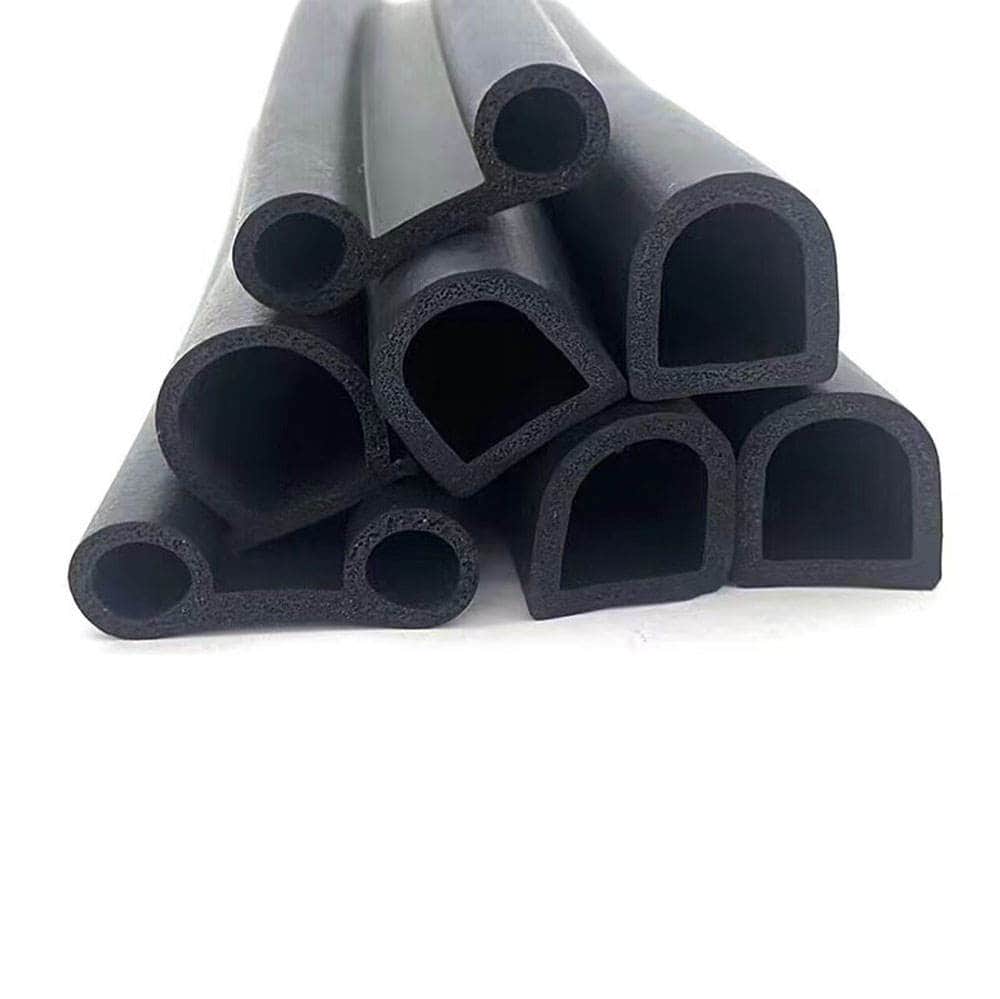D型多密封垫片的检查和清洗频率
D型多密封垫片 是许多机械系统中的关键部件,特别是在保持紧密密封以防止泄漏和确保操作效率的环境中。这些垫圈的检查和清洗频率受到几个因素的影响,包括操作环境,被密封的流体或气体类型以及具体应用。本文章综合概述了检查和清洁D Multi Seal垫片的推荐做法,以确保其使用寿命和性能。
Table of Contents
1.了解D型多密封垫片
D型多密封垫片设计用于在各种应用中提供可靠的密封。它们通常用于工业机械,汽车发动机和其他需要坚固、防泄漏密封的系统。这些垫圈通常由高质量材料制成,可以承受恶劣的条件,但像所有组件一样,它们需要定期维护才能发挥最佳作用。

2.影响检查频率的因素
D Multi Seal垫片的检查和清洗频率可根据以下情况而变:
工作条件:极端温度、高压和腐蚀性物质会加速垫片的磨损和降解。在恶劣的环境中,需要更频繁的检查。
介质类型:被密封的流体或气体的性质影响垫片的使用寿命。例如,腐蚀性化学物质或高温蒸汽会比良性流体更快地侵蚀垫片。
应用:应用的关键性也决定了检测频率。在高风险环境中,故障可能会产生严重后果,例如在航空航天或核应用中,更严格的检查计划是必要的。
制造商的建议:请参阅制造商的指导方针,了解有关检查和清洗频率的具体建议,因为这些建议是根据垫片的设计和材料特性量身定制的。
3.建议检查时间表
3.1. 定期检查
对于大多数应用,应该建立定期检查计划。一般建议如下:
每月检查:对于温度和压力适中的应用,每月检查一次就足够了。这种频率有助于在磨损或损坏导致重大问题之前发现早期迹象。
季度检查:在更苛刻的环境或应用程序中,高可靠性是至关重要的,季度检查可能是必要的。这个时间表允许更彻底的检查和及时的维护。
3.2. 高需求的应用程序
在极端条件的环境中,如高温、高压或腐蚀性介质,需要更频繁的检查:
双周检查:对于极端恶劣的条件,如在化学处理或高温工业应用中发现的情况,可能需要两周检查一次,以确保垫片的完整性。
持续监测:在关键应用中,即使是微小的泄漏也可能导致严重的问题,因此可能需要使用先进的传感器和诊断工具进行持续监测。这种方法可以提供有关垫片性能的实时数据,并可以根据需要触发维护操作。

4.检验程序
4.1. 目视检查
目视检查是评估垫片状况最直接的方法:
裂缝和撕裂:检查垫片表面是否有任何可见的损伤迹象,如裂缝、撕裂或变形。
压缩变形:检查垫片是否有变形或失去弹性。已被压缩变形的垫圈可能不再提供有效的密封。
泄漏迹象:寻找垫片区域周围的任何泄漏迹象,如液体污渍或腐蚀。
4.2. 功能测试
功能测试是指检查垫片在其工作环境中的性能:
压力测试:如果适用,进行压力测试,以确保垫片在操作条件下保持其密封性。
泄漏测试:使用适当的方法(如压力衰减或超声波泄漏检测)进行泄漏测试,以确认垫片的功能是否正常。
4.3. 显微镜检查
对于高精度应用,显微镜检查可用于检测更细微的磨损或损伤形式。这种技术需要使用专门的设备在微观水平上检查垫片表面。

5.清洗程序
定期清洗垫片 有助于保持其性能并延长其使用寿命。清洗频率取决于:
污染程度:在灰尘、碎片或腐蚀性物质较多的环境中,需要更频繁的清洁。
介质类型:接触到油、油脂或其他残留物的垫片应定期清洗,以防止积聚可能损害其功能。
5.1. 清洗方法
机械清洁:使用非磨料工具和刷子清除垫片表面的碎屑和残留物。避免使用可能损坏垫片的金属刮刀或研磨材料。
化学清洗:使用与垫片材料相容的适当清洗剂。按照制造商的建议使用清洁溶液,以避免损坏垫片。
超声波清洗:对于敏感或高精度的垫片,超声波清洗是一种有效的方法。这项技术利用高频声波去除污染物,而无需物理接触。
5.2. 干燥及检验
清洗后,确保衬垫完全干燥,以防止任何残留的水分造成腐蚀或退化。清洁后再次检查垫片,以确保其保持良好状态,没有任何与清洁有关的损坏。
6.更换和维护
尽管定期检查和清洁,垫片最终还是会磨损,需要更换。应该更换垫片的迹象包括:
持续泄漏:如果在清洗和检查后仍有泄漏,这可能表明垫片不再有效,需要更换。
严重变形:如垫片出现明显变形或失去弹性,应更换,以确保密封得当。
材料降解:随着时间的推移,垫片的材料可能会由于暴露在恶劣的条件下而降解。定期监测将有助于确定何时需要更换。

7.文件和记录
维护检查、清洁和维护活动的详细记录对于跟踪垫片性能和安排未来的维护至关重要。记录这些活动有助于确定磨损模式和及时干预的计划。
8.总结
D Multi Seal垫片的检查和清洗频率受到各种因素的影响,包括操作条件、被密封介质的性质和应用的重要性。通过遵守推荐的检查计划,采用有效的清洁方法,并监测垫片性能,您可以确保这些组件继续以最佳状态运行,并有助于您的机械系统的可靠性。经常参考瀚达电子公司的指导方针,并根据实际情况和性能数据调整您的维护实践,以达到最佳效果。如果您还有其他问题,请与我们联系。